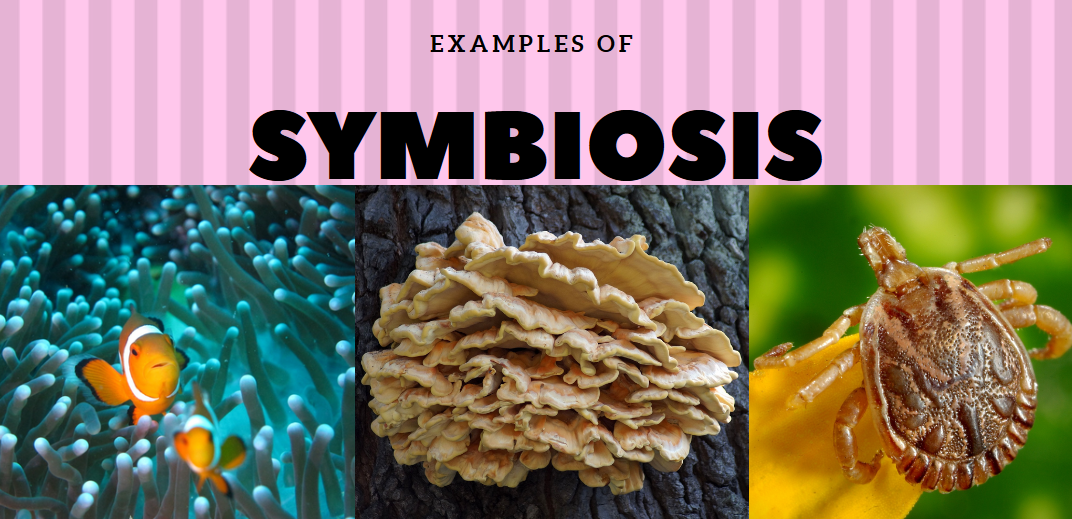
Symbiotic relationships play a crucial role in maintaining ecosystem balance and enhancing biodiversity. These interactions, characterized by prolonged associations between different species, can be mutualistic, commensalistic, or parasitic, each contributing uniquely to the health and stability of ecological communities.
Types of Symbiotic Relationships

Symbiosis encompasses several types of interactions: mutualism, commensalism, and parasitism. In mutualism, both species benefit from the interaction, creating a partnership that enhances survival and reproductive success for both parties. For example, clownfish and sea anemones illustrate mutualism beautifully; the clownfish is protected from predators by the anemone's stinging tentacles, while the anemone benefits from scraps of food and protection from potential threats due to the clownfish's presence[2][4]. This type of relationship fosters resilience in ecosystems, as it promotes population stability for both species involved.
Commensalism occurs when one species benefits while the other is neither helped nor harmed. For instance, barnacles that attach to the skin of whales gain mobility and access to nutrient-rich waters, while the whale remains unaffected[4][9]. Although commensalism may seem less impactful than mutualism, it nonetheless contributes to biodiversity by allowing more species to inhabit various ecological niches, thereby supporting overall ecosystem complexity and richness.
Parasitism, in contrast, is a relationship where one organism benefits at the expense of another. While parasitism can lead to a decline in host populations, it also plays a role in population regulation and species diversity. For example, parasites like tapeworms and ticks can keep host populations in check, preventing any single species from becoming overly dominant, which can be detrimental to ecosystem balance[1][5]. By influencing host health and availability, parasitic relationships ultimately shape community dynamics and evolutionary pressures.
Impact on Ecosystem Dynamics

The benefits of these relationships extend beyond individual interactions; they collectively enhance ecosystem functions. Mutualistic relationships often lead to improved resource sharing and nutrient cycling. For instance, mycorrhizal fungi form symbiotic partnerships with plant roots, allowing plants to access essential nutrients and water, while providing fungi with carbohydrates produced through photosynthesis[6][10]. This interaction exemplifies how symbiosis facilitates nutrient acquisition, ultimately supporting plant growth and, by extension, the entire food web built upon the plant community.
Moreover, symbiotic relationships can influence habitat structure and availability. The relationship between corals and zooxanthellae algae is a prime example. The algae provide energy-rich compounds to the corals through photosynthesis, which is crucial for coral health and growth. In return, the corals offer a protective habitat for the algae, creating vibrant coral reefs that support numerous marine species[4][8]. The loss or degradation of these symbiotic partners can lead to coral bleaching and a subsequent decline in marine biodiversity, highlighting the interconnectedness of species in these ecosystems.
Ecological Health and Resilience
Symbiotic relationships also serve as indicators of ecological health. Changes in mutualistic interactions, such as the breakdown of relationships due to environmental stressors like climate change, can lead to rapid declines in species diversity. For instance, the decline of coral reefs globally due to rising ocean temperatures disrupts the mutualism between corals and zooxanthellae, leading to extensive coral bleaching and loss of marine biodiversity[6]. This demonstrates how symbiosis is intertwined with resilience ecology; diverse and stable communities built upon solid interspecies relationships are more likely to withstand environmental changes and stresses.
Conclusion
In summary, symbiotic relationships are foundational to ecosystem health. These interactions not only facilitate resource sharing and provide mutual benefits but also enhance habitat diversity and contribute to the overall stability of biological communities. Understanding the dynamics of these relationships helps underscore the necessity of protecting diverse biological interactions within ecosystems, which is crucial for sustaining biodiversity and ecological balance in the face of environmental challenges. The intricate web of life operates on these partnerships, revealing their significance in the ongoing survival of species and ecosystems alike.
Get more accurate answers with Super Pandi, upload files, personalized discovery feed, save searches and contribute to the PandiPedia.
Let's look at alternatives:
- Modify the query.
- Start a new thread.
- Remove sources (if manually added).